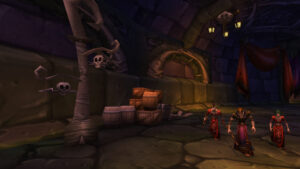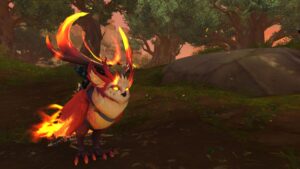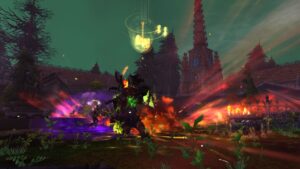Step into the crucible of rated 2-v-2, 3-v-3, and RBG combat with confidence. These Arena Guides will help you craft winning compositions, master cooldown timings, and outmaneuver opponents in every bracket.
How to Use This Page
Begin by choosing your preferred bracket (2-v-2 or 3-v-3). Use the Team Composition table to select synergistic classes, then dive into the Strategy Breakdown for setup and execution. Finally, follow the Communication & Adaptation tips to turn skirmishes into decisive victories.
Team Composition
| Bracket | Roles | Example Comps | Strengths | Weaknesses |
|---|---|---|---|---|
| 2-v-2 | DPS + Healer | Rogue / Mistweaver Monk | High burst, strong defensives | Vulnerable if cooldowns down |
| 2-v-2 | DPS + DPS | Windwalker Monk / Frost Mage | Constant pressure, crowd control | Limited sustain |
| 3-v-3 | 2 DPS + Healer | Shadow Priest / Resto Shaman + Fire Mage | Versatile utility, CC chains | Spread focus can backfire |
| 3-v-3 | 3 DPS | Retribution Paladin / Assassination Rogue / Subtlety Rogue | Relentless kill pressure | No dedicated healing |
Use this table to pinpoint lineups that play to your strengths. If you prefer burst-heavy openings, pair a crowd-control specialist with a high-damage partner. For attrition wars, two DPS with moderate self-heals can outlast enemy cooldowns.
Strategy Breakdown
- Openers & Pressure
- 2-v-2: Burst cooldowns within the first 10 seconds—aim to force enemy defensives early.
- 3-v-3: Stagger cooldowns among three players to maintain pressure across multiple windows.
- Crowd Control Chains
- Coordinate stuns, silences, and snares so one CC flows seamlessly into the next.
- In 3-v-3, use “piggyback” CC: follow your partner’s root with your own stun for extended lockdown.
- Peel & Survival
- Healers or defensively geared DPS should anticipate enemy interrupts—have a “get-off-me” tool (e.g., Ice Block, Dispersion, Purify) ready.
- Self-peel abilities (e.g., Hand of Freedom, Tiger’s Lust) can buy just enough time for a support to recover.
Communication & Adaptation
- Callouts: Use two-word alerts like “Healer down” or “Stun ready.” Keep it short to maintain focus.
- Role Flexibility: If your opener fails, be ready to pivot from burst to sustained pressure—switch from kill focus to attrition by spreading damage and forcing cooldown overlap.
- Reset Protocol: Agree on a safe distance disengage if things go south (e.g., “Pull off, reset at pillar”). A calm reset often wins the next fight.
Map Control & Positioning
- Choke Points: In 2-v-2, funnel enemies into narrow corridors to maximize CC and cleave damage.
- Line of Sight (LOS): In 3-v-3, use terrain to break enemy line of sight on heavy DPS casts—coordinate LOS swaps so your healer always has cover.
- Objective Awareness: For RBG queues, split duties so one healer anchors the assault while DPS roam for pickups and flag fights.
Advanced Tips
- Cooldown Trading: Learn which matchups favor trading defensives—for example, a Paladin’s Blessing vs. a Hunter’s Feign Death—and practice synchronizing those windows.
- Enemy Patterns: Track enemy cooldown timing visually (e.g., noting when a mage uses Ice Block) to exploit their next vulnerable phase.
- Adapt Your Talents: In 3-v-3, consider PvP-specific talents (like Frost Mage’s Ring of Frost) that can swing a 3v3 CC chain in your favor.
With these Arena Guides, you’ll assemble optimal teams, execute crisp CC rotations, and communicate with laser focus—turning every arena match into a classroom for improving your skill and climbing the ladder. Good luck, challenger!





